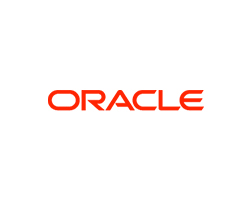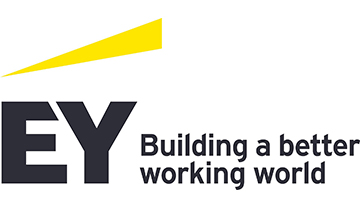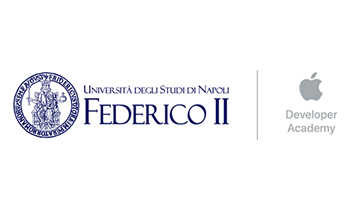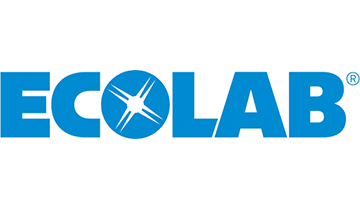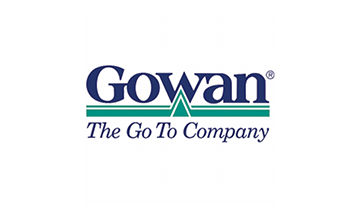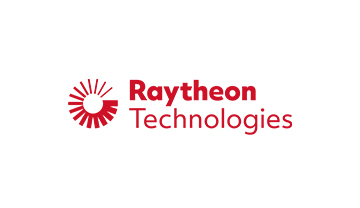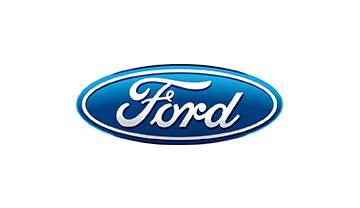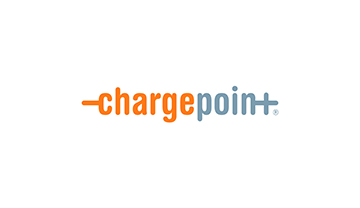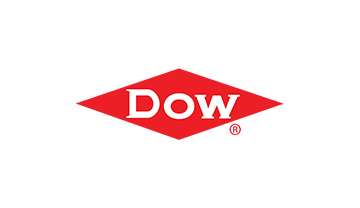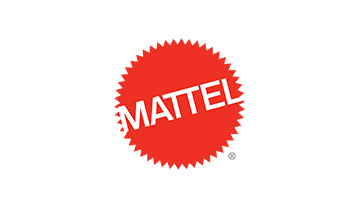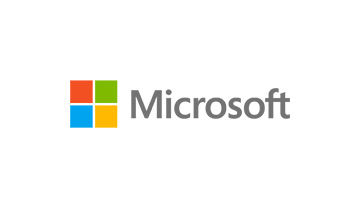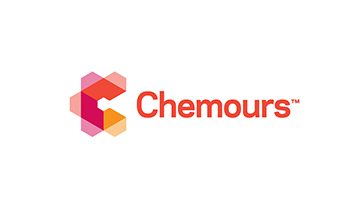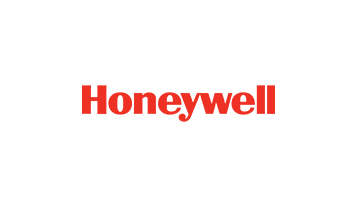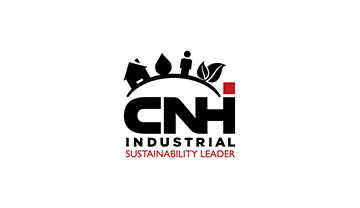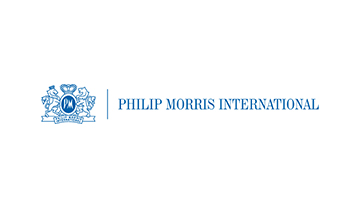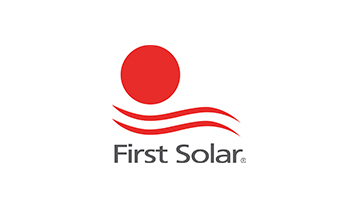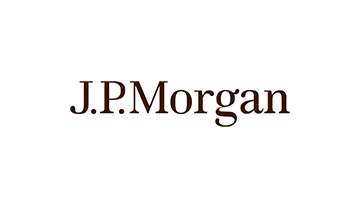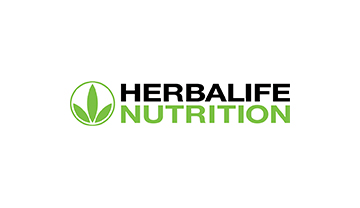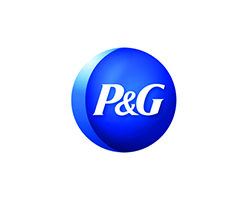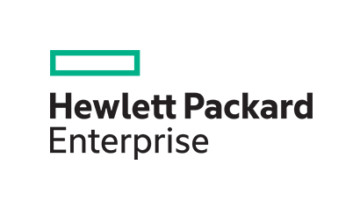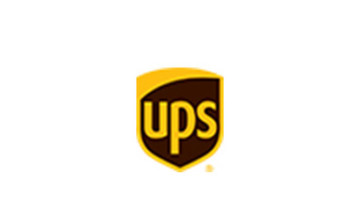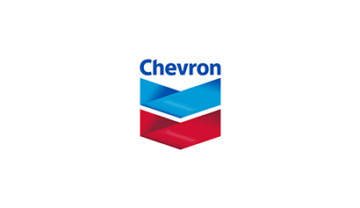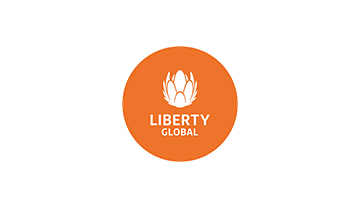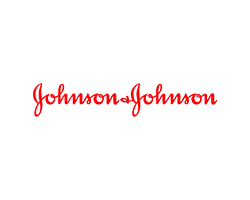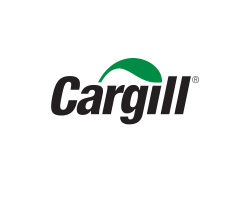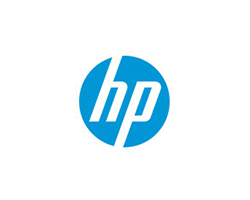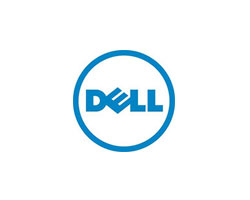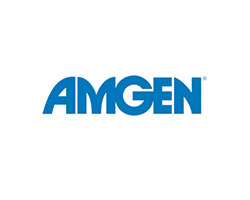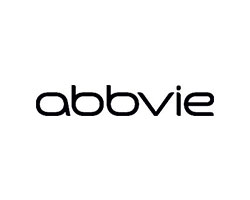

An interview with Erik Troelsen, Director, Packaging Design and Procurement
Why is single-use plastic undesirable in packaging?
Plastics have a few things going for them and a lot going against. They are not recycled at very high rates, which leads them then to turn into waste – ending up in waterways and turning into microplastics, which can be particularly damaging to oceans and sea life. We see that our customers are seeking better packaging offers in terms of ease of recycling. Regulators are following suit by setting objectives to reduce plastics in packaging. As a company, HP wants to set the leadership tone with its packaging strategy.
HP has committed itself to a 75% reduction of single-use plastic in its packaging by 2025. How did you get there, and how much plastic are we talking about?
Over the last 3-5 years, we have moved to update HP’s strategy; in light of the growing sensitivity to plastics in packaging, and the detrimental effects of plastics on the environment. HP has taken measurements on how much plastic packaging the company was generating. We have set an aggressive but attainable 75% reduction target by 2025.
We are using the 2018 fiscal year as our baseline. HP generated roughly 30,000 tons of plastics in our packaging in 2018. That is equivalent to a mountain of plastics that would stand taller than the Empire State building. Most of that is associated with cushioning of our products, such as polyethylene, or polystyrene. We established a per unit plastics intensity goal, which is what we are trying to reduce. But in rough terms if we eliminate 75% of the 30,000 tons generated in 2018, we are talking about a 22,000-ton reduction in plastics per year. HP wants to do its part to reduce plastics by taking a bold action.
From the point of view of the European consumer, why is this initiative important?
Europe is one of the biggest focus areas for packaging development and for sensitivity around plastics. The most customer and legislative action is being taken in Europe. Europe leads in terms of requirements to eliminate plastics in packaging so our initiative plays in well with European customers. It will help us to meet many of the emerging European guidelines as well. For the European consumer, they will get packaging materials from HP that are easier to recycle, generally paper-based, inexpensive and still protective of the products that they are buying.
What are the alternatives to single-use plastics, and what are their advantages/disadvantages?
The best alternative to polystyrene from the recyclability, availability and cost standpoints, is paper-based packaging. That is the main alternative to plastic that we are choosing. This includes cushions made from moulded fibre, corrugated materials, or a hybrid design – mostly fibre based with small quantities of plastics in critical cushioning zones. The advantages of paper-based packaging are that it is already recycled in high rates – up to 90% of paper in packaging is recycled. There is a broad footprint of availability of these materials. However, the main disadvantage is the ability to cushion products. Cost is also a factor –paper is subject to higher cost fluctuations than plastic – so predicting costs and keeping cost of packaging low is a challenge with some of the newer paper-based technologies.
Is packaging design something you do in-house, or do you outsource this to suppliers?
HP does both – we have a significant team of packaging design engineers and supply chain experts in packaging industry that come up with creative designs. We can’t get anywhere if we don’t have packaging suppliers that can deliver those designs, however. We innovate with our key suppliers worldwide, we have over 100 worldwide packaging suppliers so it is a broad supply base that we work with. Some of our key innovations come from the industry and our suppliers working collaboratively with our team.
One example of such innovation is moulded fibre use – we have worked with a number of suppliers to push the limits of moulded fibre to achieve shock levels that are lower than ever before using innovative design techniques, materials that we haven’t used before. In the course of this work, we recognised that the industry of moulded fibre itself needed innovating, so we developed 3D print technology to print the tooling that is used to make moulded fibre parts. With this technology we can improve quality levels; ensure much higher consistency; drive costs down due to lower overall costs of tooling. Meanwhile, 3D print can save the suppliers of moulded pulp money by having a better process and quicker lead time. In this regard, HP is using its innovation to help drive the packaging industry to new places and support sustainability.
Read more:
More like this

Reducing the amount of plastic in the supply chain and distribution network
Circular Economy, The Green Way




